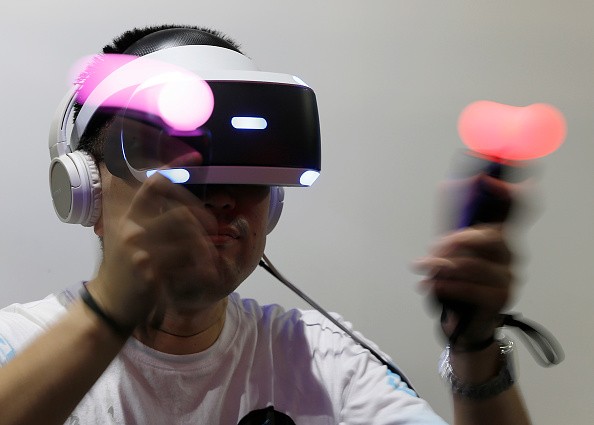The PlayStation VR from Sony is a reasonable introduction to quality VR. Although, many have said that their experiences on the device are not as crisp or as immersive just like the ones found on the Oculus Rift or HTC Vive it is still sensible for a system that uses a PS4 in lieu of an expensive PC gaming gear.
TechRadar had learned the positive and negative sides of the PlayStation VR. For the good side of the device, the first thing that is noticed is that it is affordable. Also, the VR from Sony has near PC-quality performance and it has good selections of games. On the other hand, the negative side of the device is it doesn't available with the needed accessories. It also has a poor sealing of light and lastly, it has a spotty motion controller tracking.
When it comes with the PlayStation VR's specs and features, Alphr reported that the device breakout box or what is called the Processor Unit is known to be much smaller than many tech enthusiasts had originally expected. The VR measures 143 x 36 x 143mm (WDH), it can be inserted away next to or behind the PS4. It also looks very much like a tiny PlayStation 4 that is complete with front-facing power status light strip.
The PSVR has a native resolution of 960 x 1,080 pixels per eye which puts it below everything else on the market. Additionally, this device has as a set of in-line controls which allows users to plug in a pair of headphones, control headset volume, mute the built-in microphone and turn the VR unit on and off.
Moreover, the PlayStation VR feels light and comfortable, in spite of being the heftiest mainstream headset on the market. This handset weighs around 610g which is 55g more than the HTC Vive and almost 140g more than Oculus Rift.
The PlayStation VR has its own positive and negatives sides thus making the consumers to decide whether to grab it or not. Also, the above mentioned specs may help in deciding.



























